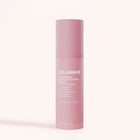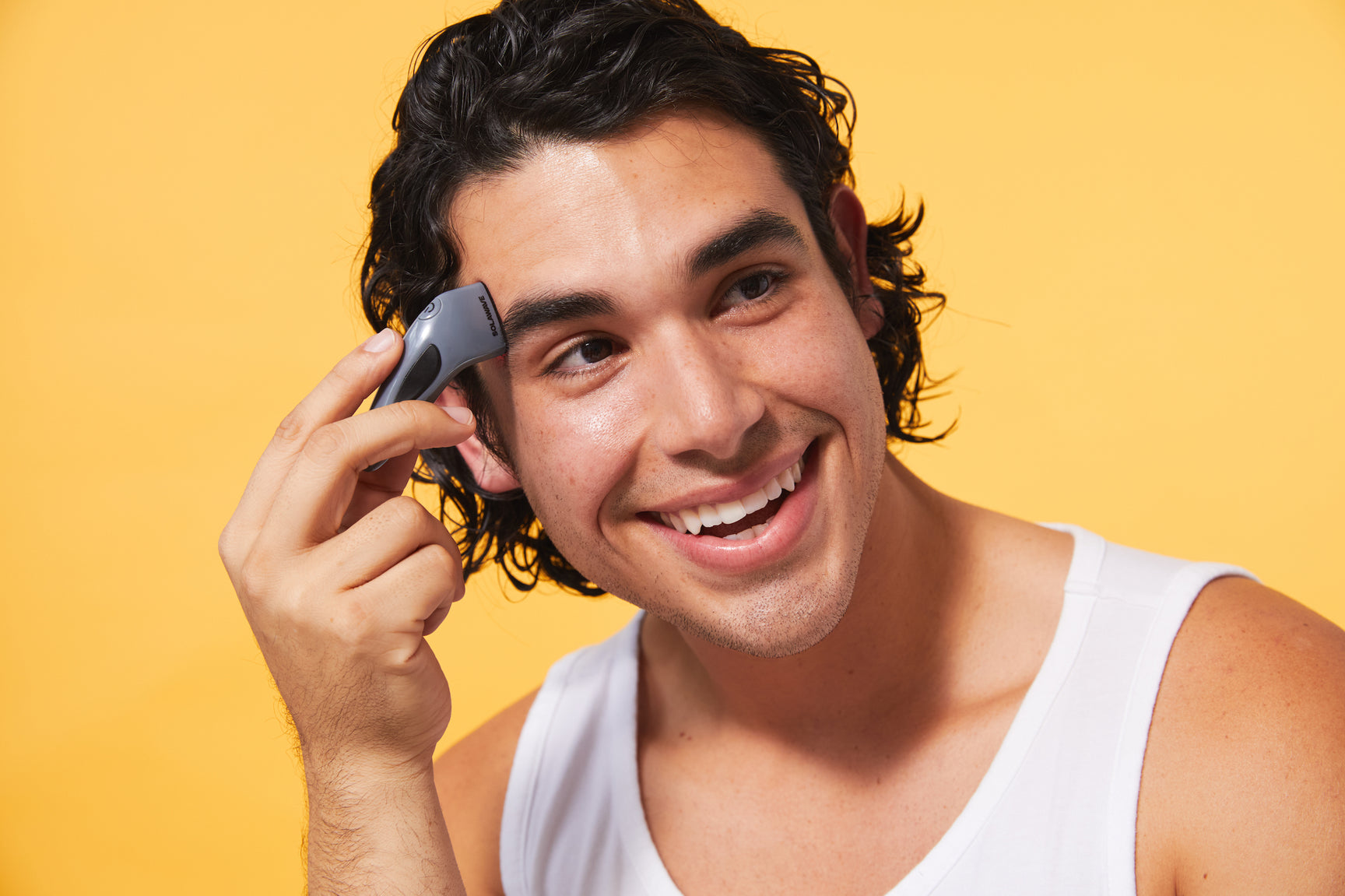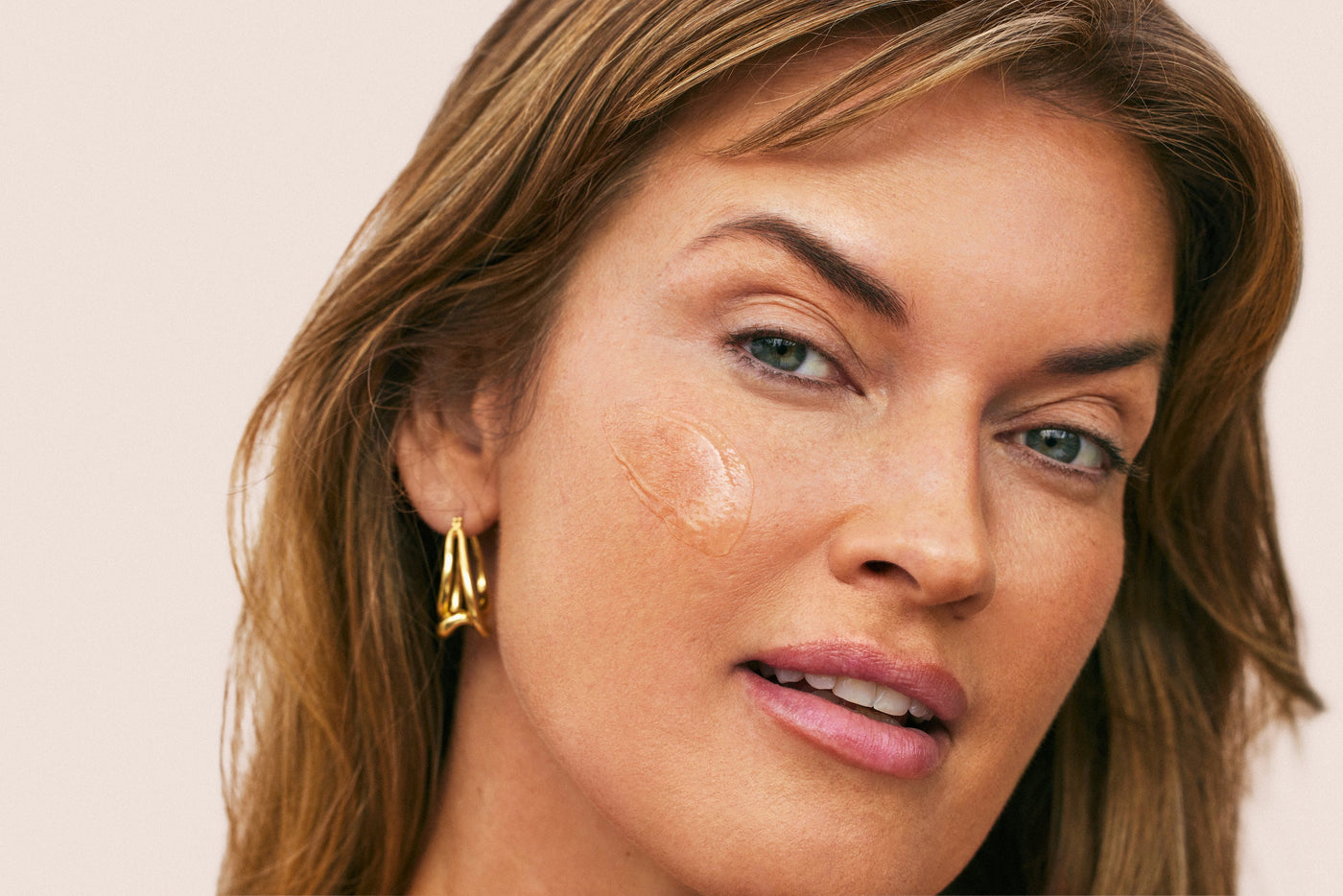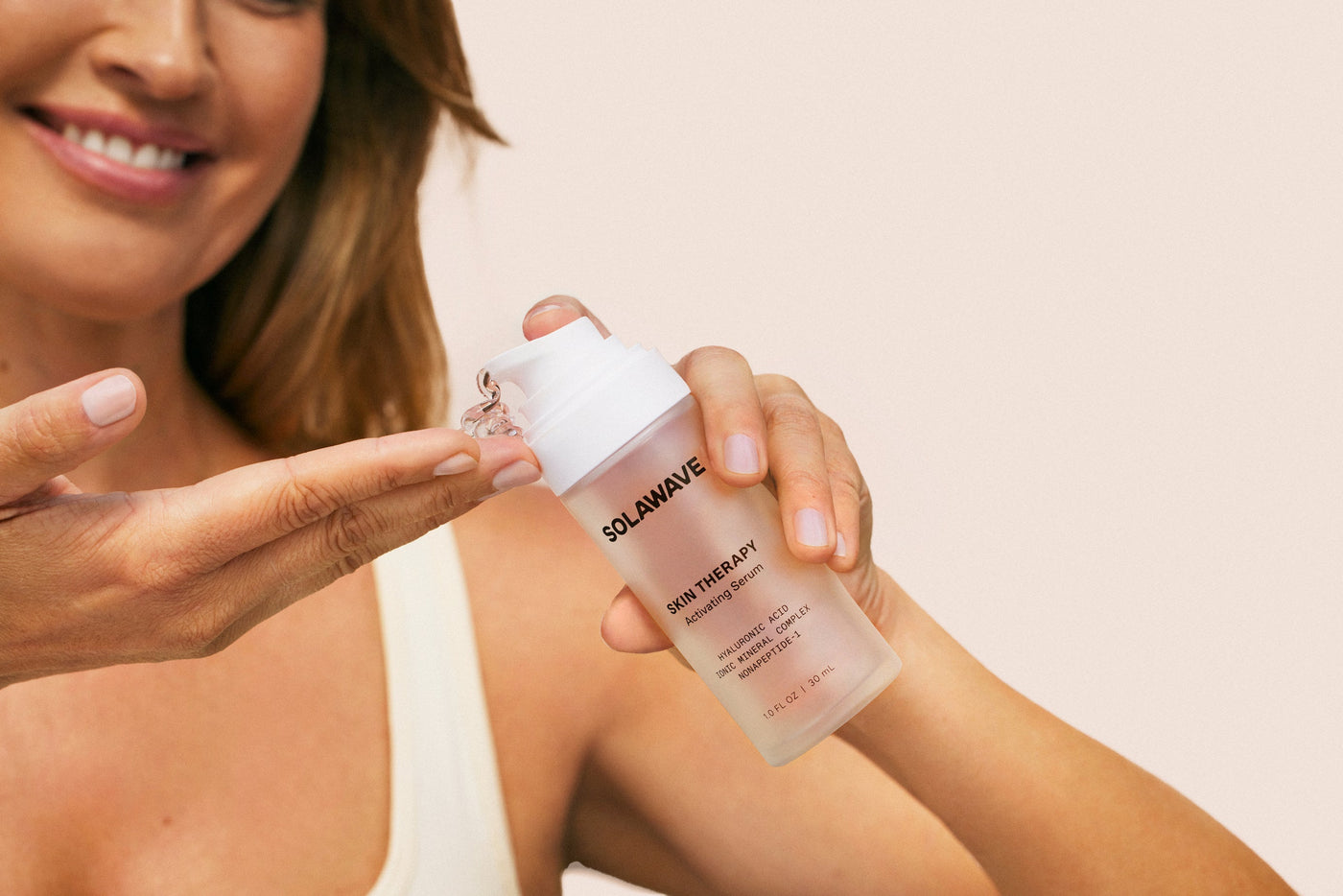

Why Am I Still Breaking Out With a Good Skincare Routine
Experiencing breakouts despite maintaining a consistent skincare routine can be incredibly frustrating. You diligently follow your regimen, yet those pesky pimples still make an appearance. It's important to remember that you're not alone in this journey, and there are often underlying factors at play that may not be immediately obvious. Let's cover the potential causes of persistent breakouts, as well as cover possible solutions that may be able to help.
Common Causes of Breakouts Despite a Good Skincare Routine
Even with a well-structured skincare routine, breakouts can still occur due to several underlying factors:
Hormonal Fluctuations
Hormonal changes can be a significant contributor to breakouts. These fluctuations can increase oil production, leading to clogged pores and pimples. This is particularly common during certain life stages, such as adolescence, menstruation, or pregnancy.
Dietary Influences
What you eat can have a profound effect on your skin's appearance. Diets high in sugar and dairy, for instance, have been linked to increased breakouts. Incorporating a balanced diet rich in fruits, vegetables, and healthy fats can support your skin's health and potentially reduce the frequency of breakouts.
Stress
Stress is another factor that can wreak havoc on your skin. Stress triggers the release of cortisol, a hormone that can increase oil production and lead to breakouts. Finding effective stress management techniques, such as exercise, meditation, or adequate sleep, can help mitigate its impact on your skin.
Environmental Factors
Environmental factors, such as pollution and humidity, can also play a role in skin health. These elements can lead to clogged pores and irritation, resulting in breakouts. Protecting your skin with appropriate products, such as non-comedogenic moisturizers and sunscreens, can help shield it from these external aggressors.
Skin Purging
Skin purging is a phenomenon that can occur when you introduce new skincare products, particularly those with potent active ingredients, into your routine. This temporary phase is characterized by an increase in breakouts, such as pimples, whiteheads, or blackheads, as your skin adjusts to the new treatment.
The primary cause of skin purging is the accelerated turnover of skin cells triggered by certain active ingredients. Products containing retinoids, exfoliating acids like alpha hydroxy acids (AHAs) and beta hydroxy acids (BHAs), or other potent actives work by speeding up the shedding of dead skin cells. This process helps to clear out clogged pores and reveal fresher, healthier-looking skin underneath.
As these ingredients promote rapid cell turnover, they bring underlying congestion to the surface more quickly than your skin's natural cycle. This can result in a temporary increase in breakouts as impurities are expelled. While it may seem counterintuitive, skin purging is generally a positive sign that the product is effectively working to improve your skin's appearance.
It's important to differentiate between skin purging and a negative reaction to a product. Purging typically occurs in areas where you commonly experience breakouts and should subside within a few weeks. If breakouts persist or occur in new areas, it may be a sign of irritation or an adverse reaction, and you should consider consulting a dermatologist for guidance.
Evaluating Your Skincare Routine (Even If It Means Double, Triple, or Even Quadruple-Checking)
To effectively manage breakouts and enhance your skincare routine, you need to closely evaluate the products and practices you use regularly—even if this is going to be the second, third, or even fourth time you do so. A detailed evaluation can help you identify any potential issues so you can make necessary adjustments. Plus, regular evaluations give you a fresh set of eyes to possibly catch irritating ingredients you may have previously missed.
→ Check for Potential Irritants in All Your Products
Be hyper-aware of the ingredients in your skin care products. Some ingredients, while beneficial for certain skin types, can be irritants for others. Common culprits that can irritate the skin include synthetic fragrances, which can cause sensitivity and redness; alcohols like ethanol or isopropyl alcohol, which can be drying and irritating; and certain preservatives such as parabens and formaldehyde-releasing agents, which may trigger reactions in sensitive skin.
Carefully read labels and keep a journal to help you track and understand what works best for your skin so you can minimize irritation and reduce the appearance of breakouts.
→ Make Sure You're Properly Product Layering
How you layer your skincare products can make a difference in their effectiveness—applying products in the wrong order can lead to clogged pores and reduced efficacy. Generally, it's best to apply products from thinnest to thickest consistency, allowing each layer to absorb properly before moving to the next product. This ensures that your skin receives the full benefits of each product, promoting a refreshed-looking complexion.
Check out our guide on product layering here for the full step by step!
→ Understand Your Skin Type and Its Specific Needs
Whether your skin is oily, dry, combination, or sensitive, each type has specific needs that should be addressed. Using the wrong products for your skin type can inadvertently trigger breakouts. For instance, if you have oily skin and use heavy, oil-based moisturizers, it can lead to clogged pores and increased pimples. Conversely, if you have dry skin and use harsh, stripping cleansers, it can cause irritation and exacerbate dryness, leading to breakouts. For those with sensitive skin, products containing strong acids or exfoliants can cause redness and irritation, resulting in more frequent breakouts.
Blue Light Therapy for Breakouts
Blue Light Therapy can be a powerful tool in the fight against breakouts, offering a non-invasive approach to clearer, healthier-looking skin.
Blue Light Therapy utilizes a specific wavelength of light to destroy acne-causing bacteria. By eliminating these bacteria, Blue Light Therapy helps reduce the appearance of existing breakouts and deters future ones, promoting a clearer complexion. Even so, this therapy is gentle on skin, making it suitable for regular use without causing irritation.
In addition to targeting bacteria, Blue Light Therapy also plays a role in reducing sebum production. Excess sebum can lead to clogged pores and breakouts, so by helping to regulate sebum levels, Blue Light Therapy supports a balanced skin environment, reducing the likelihood of future breakouts and contributing to a healthier-looking complexion.
Integrating Blue Light Therapy into your skincare routine is simple and effective with our Bye Acne Pro Kit. This kit offers a comprehensive solution for tackling breakouts, combining the power of Blue Light Therapy with microderm patches for targeted treatment.
Our Bye Acne 3-Minute Spot Treatment is an FDA-cleared device designed to be used in—you guessed it—just three minutes, making it a convenient addition to your daily regimen. It utilized Blue Light at 435 nm to help eliminate acne-causing bacteria and reduce sebum, as well as Red Light at 830 nm to help reduce inflammation and redness.
Follow your spot treatment with our post-session Serum-Infused Microdart Patches, formulated with Green Tea to help calm and soothe the skin, Gotu Kola (Centella Asiatica) and Madecassoside to help soothe and reduce the look of redness, and Niacinamide to help even the appearance of skin tone.
Additional Tips for Managing Stubborn Breakouts
Consistency is key when it comes to managing breakouts. Regularly using acne treatments with active ingredients, such as salicylic acid or benzoyl peroxide, can help address the root causes of acne. It's important to be patient, as the skin purging we talked about earlier may occur as you try new products. This can be a normal part of the process where your skin adjusts to new products, and it can take time to see visible improvements.
In addition to a consistent skincare routine, making lifestyle adjustments can significantly impact your skin's health. Ensure you're removing makeup thoroughly each night to prevent clogged pores and breaking out. Maintaining a balanced diet, staying hydrated, and managing stress levels can also contribute to a healthier complexion.
Finally, if you're persistently struggling with acne and breaking out, consult with a dermatologist or other licensed skin care professional—they can provide invaluable insights into your skin's unique needs that you may not be able to figure out on your own. A professional can offer personalized advice and recommend specific acne treatments tailored to your skin type and concerns.
Conclusion
Navigating the journey to clearer, healthier-looking skin can be challenging, but it's important to remain optimistic and open to exploring different solutions. Incorporating innovative strategies, such as Blue Light Therapy, can offer substantial benefits in managing breakouts. This non-invasive approach targets acne-causing bacteria and helps regulate sebum production, making it a valuable addition to your skincare arsenal.
Alongside Blue Light Therapy, taking the time to thoroughly evaluate your existing routine, maintaining consistency in your routine, seeking professional advice, and making lifestyle adjustments can further enhance your skin's health and appearance.
Did you know there are other types of Light Therapy that can help with different skin concerns? Explore The Science behind our Light Therapy devices here, or Take Our Skin Quiz here for personalized recommendations on how Light Therapy can enhance your natural beauty.
Sources:















